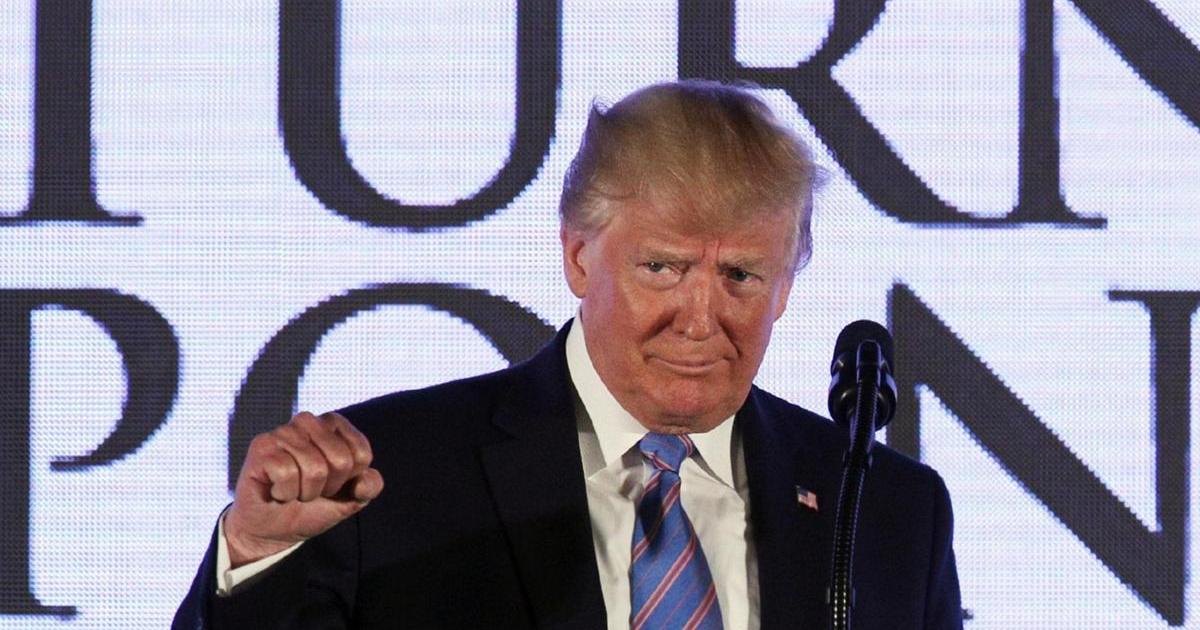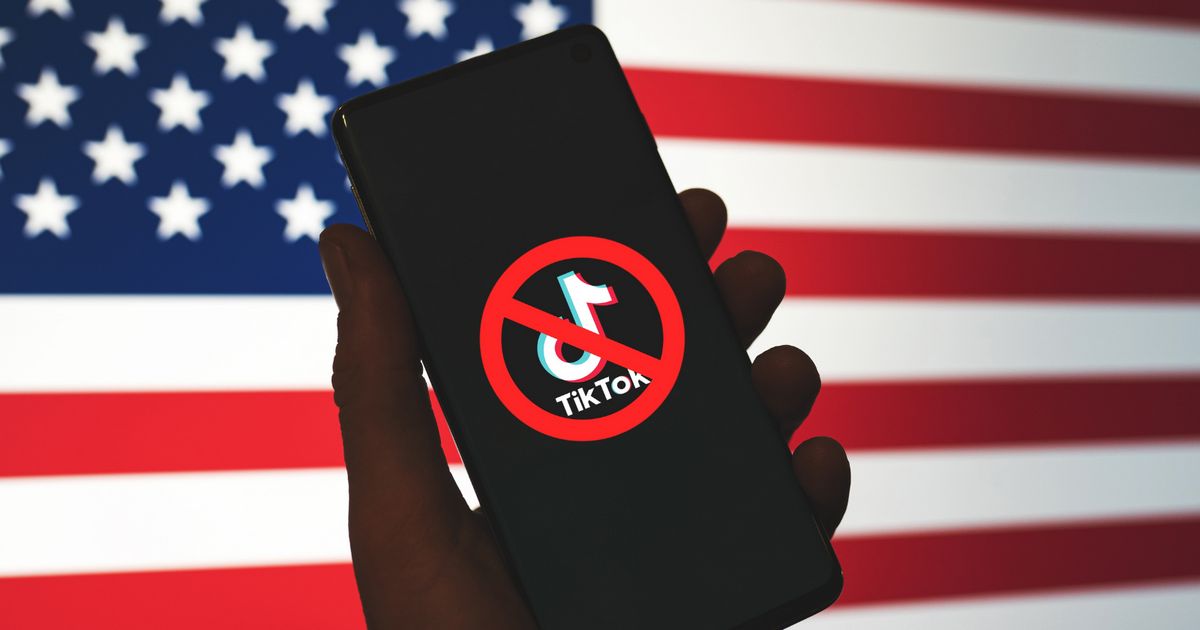
In recent days, some Bing chatbot users have reported seeing ads embedded in their responses. These ads, which appear to be relevant to users' actual questions, are powered by GPT-4 technology. While ads aren't yet showing up for most users, it's likely that they will become more widespread in the near future. Microsoft Corporate VP for Search and Devices, Yusuf Mehdi, confirmed in a new post on the Bing blog that the company is currently exploring the possibility of incorporating ads into the chat experience. This suggests that the ad links we've seen so far are part of the company's experimentation. Mehdi also discussed the company's plans for embedding more ads in the new Bing experience.
This is the moment we have been waiting for: ads will appear in Bing's AI chatbot. Yusuf Mehdi, Vice President of Microsoft, said in a blog post on Wednesday that the company is "exploring placing ads in the chat experience," and when we asked for more details, a Microsoft spokesperson confirmed that you may start seeing them.
"Yes, ads will be displayed in the new Bing, especially in chats (just like in traditional search results)," said Microsoft's Public Relations Director Caitlin Roulston in a statement to The Verge. "As the new Bing is in preview, its display may differ at this stage. We are still exploring new opportunities for advertising experience and will share more content over time."
In the blog post, Mehdi stated that Microsoft hopes to "share ad revenue with partners who contribute to chat responses with content," but this did not answer the question of how Microsoft plans to strike a balance between ad and non-ad responses.
I haven't been able to personally see any Bing Chat ads, so I can't confirm if there's any of the "variability" mentioned in Roulston's statement. However, the example provided by Das seems like a reasonable way for Microsoft to label an ad, and if that's the experience everyone eventually has, I don't think it will be too intrusive.
The thing is, we still don't know how many ads we might see or how Microsoft will decide whether to show an ad or source a response directly from a publisher or website. In the blog post, Mehdi states that Microsoft wants to "share the ad revenue with partners whose content contributed to the chat response," but this doesn't answer the question of how Microsoft plans to balance ad and non-ad responses. Regardless of that balance, the inclusion of ads will increase the already challenging cognitive load of determining whether a given response can be trusted.


